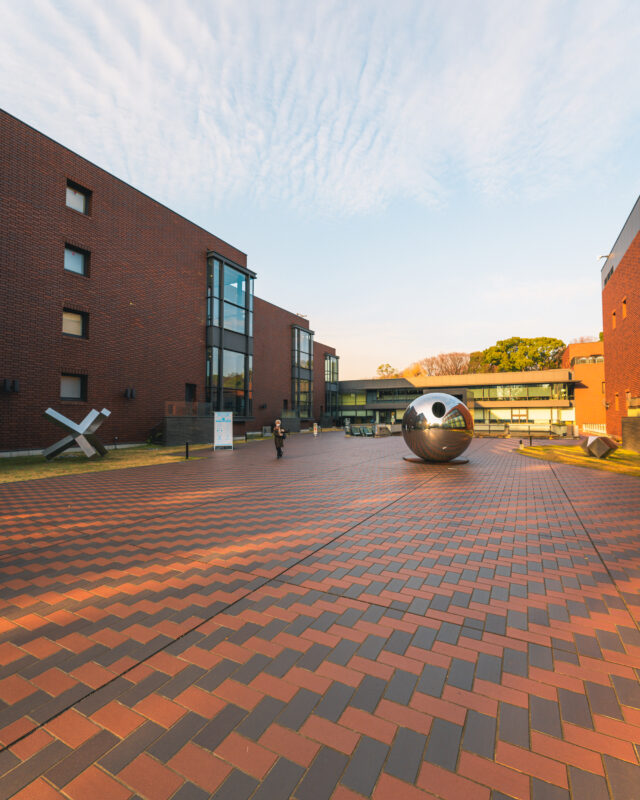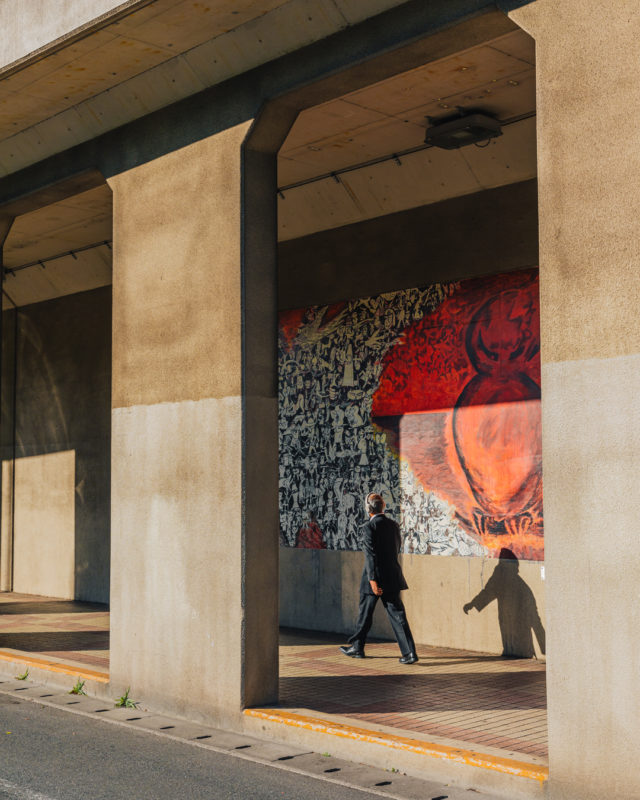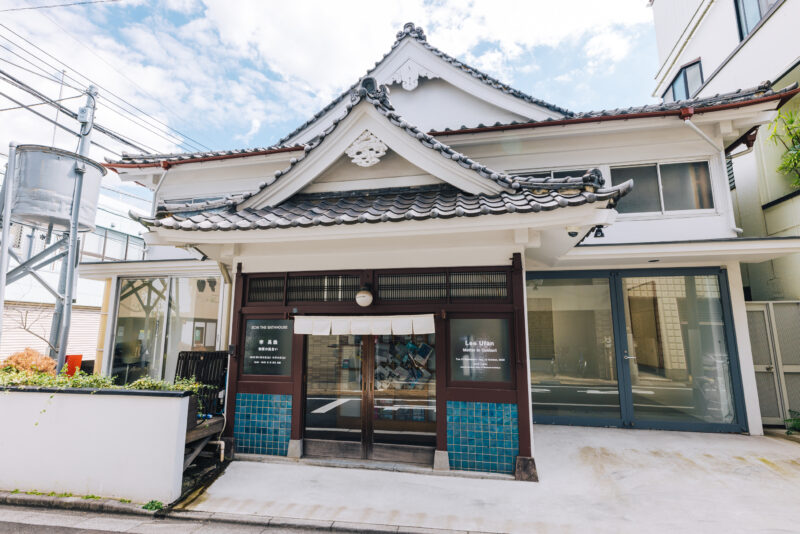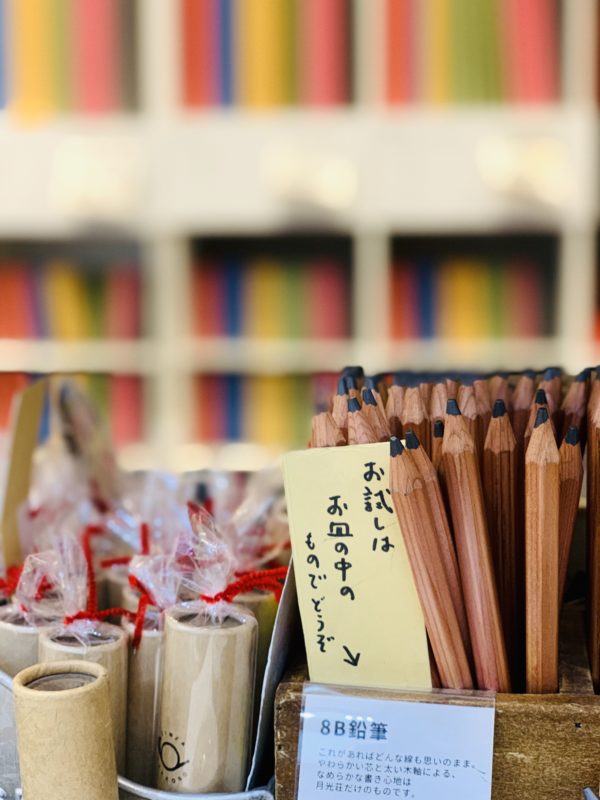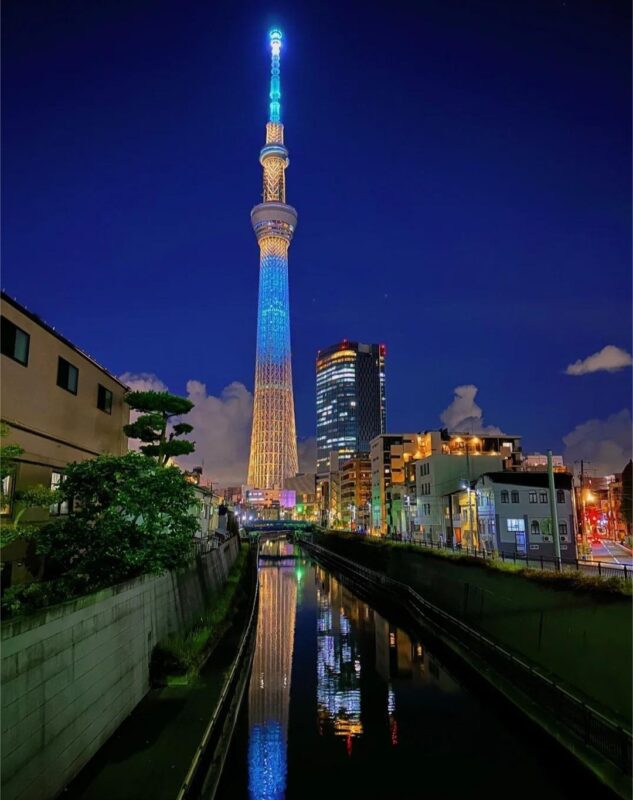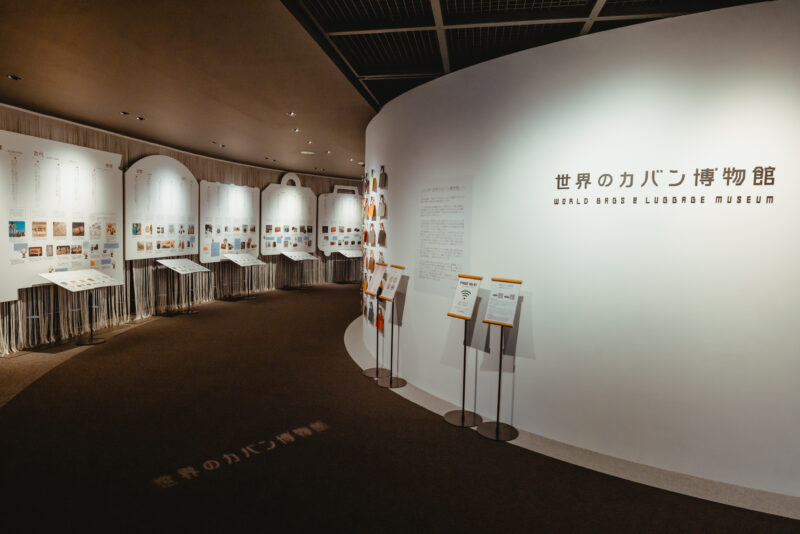Artworks of artists leading Japan give us time to face ourselves and society -“STARS: Six Contemporary Artists from Japan to the World”
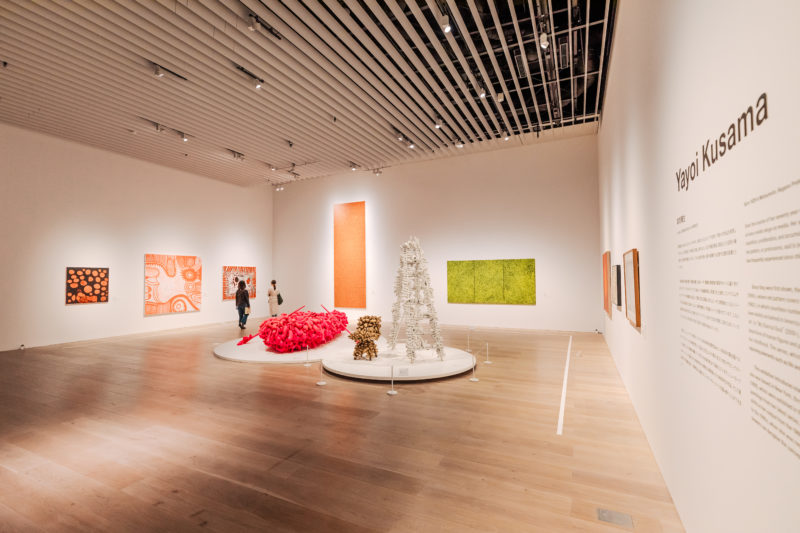
“STARS: Six Contemporary Artists from Japan to the World” where we can follow the tracks of activities of six contemporary art artists who are famous in and out of Japan. The space with their early and the latest works tells us how their unique worldview has been formed. By considering the essence of art that is influenced by social or cultural changes, the question of what the society we are in now is will come to your mind. This time, we’re going to introduce highlights of such STARS exhibition.
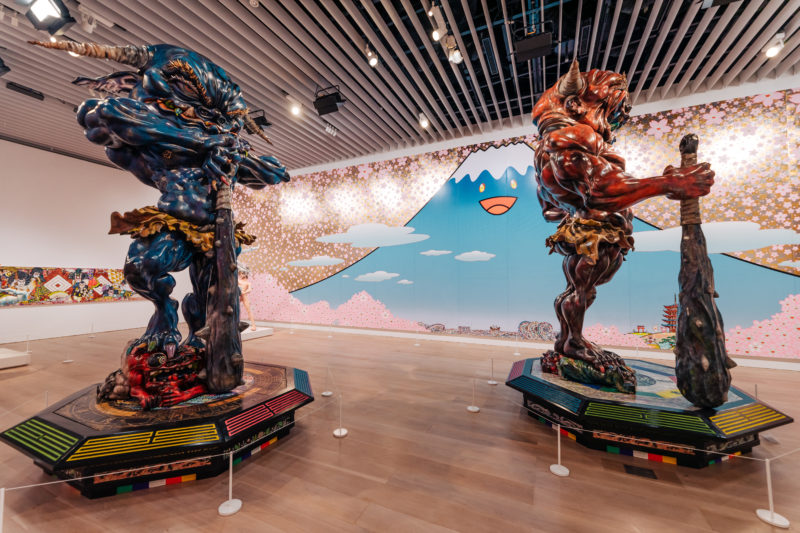
At the venue, artworks of 6 world-famous artists are exhibited in separate booths: Yayoi Kusama, Lee Ufan, Tatsuo Miyajima, Takashi Murakami, Yoshitomo Nara, Hiroshi Sugimoto. When you step into here, 2 big statues with a solemn atmosphere will firstly catch your eyes. It seems that they’re playing a role in driving away evils. These artworks were created by Mr. Takashi Murakami, who became famous for ‘Superflat’ theory inspired by animation and Edo’s mass cultures. In addition, don’t miss looking at the painting on the wall on the far left! It was created for the special stage of Ebizo Ichikawa, Japan’s famous Kabuki actor, that was held when he succeeded in his family’s prestigious, centuries-old stage name of Danjuro.
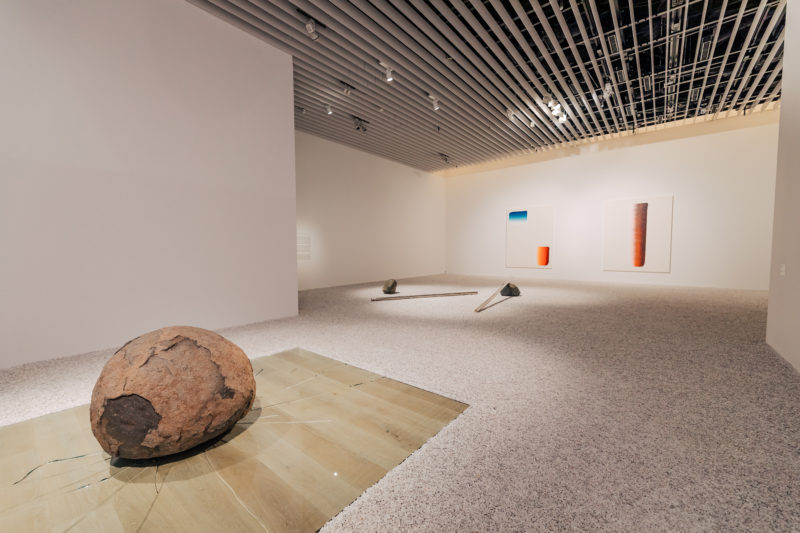
At this booth, the worldview of Mr. Lee Ufan from Korea is spreading out. In the era that people criticized mass production, he came to Japan. Due to the influence of it, he created the artwork named ‘Relatum’ in the front of this photo. The rock (=natural object) with the weight of over 1 ton is hit against the glass (=artificial one) to show us the birth of new energy. Do you think this artwork expresses us the conflict of the values of people at that time and the innovation caused by it, don’t you?

Ms. Yayoi Kusama has the longest career of six artists, and her early artworks drawn in the 1960s are the oldest in this exhibition. In particular, the vertically long work ‘Revelation from Heaven (B)’ which is displayed in the center of the wall is must-see. It was exhibited at the Japanese Pavilion of the 45th Venice Biennale in 1993 and received high evaluations by all over the world. Besides, stop by in the mirror room as well. When looking into a small window, you will see the world of kaleidoscope created by colorful spheres and feel like you’re getting inside her head.
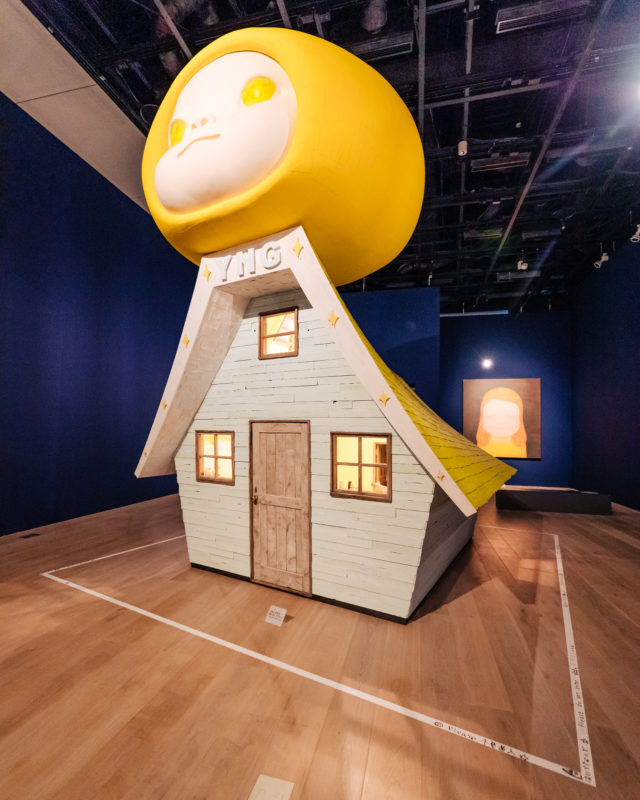
At the booth of Mr. Yoshitomo Nara, there are his veiled artworks and books that he read, what he collected, his favorite CDs and so on. Most of his artworks have the theme of Moon. ‘Voyage of the Moon(Resting Moon) / Voyage of the Moon’ in this picture is also one of them. Looking inside from a window of the hut, you can find lots of things by which he was inspired. It makes you feel as if you’re in the space where he is making his works.
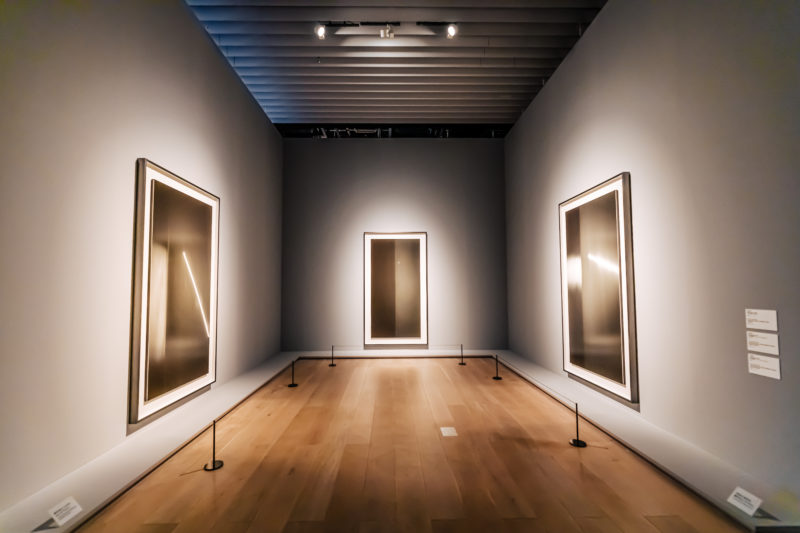
Lastly, we’d like to introduce the artworks of the ‘Revolution’ series that Mr. Hiroshi Sugimoto has been creating since 1982. The night horizon taken in various oceans on the earth and the orbit of the moon reflected in white express that the relationship between the earth and the moon is changing over time. At STARS, 3 works taken in the North Atlantic and Caribbean Seas are gathering. By intentionally rotating them 90 degrees and exhibiting, it seems that he shows the horizon as a part of the outline of the earth. You can experience his feelings of ‘I am looking at the moon floating in the sea’ and ‘I am a small dot left on the surface of the earth.’
By the way, there are not only their artworks but also materials related to them such as their chronological table, autograph manuscripts and newspapers appraising them. Moreover, you can learn how Japanese contemporary art had been introduced overseas from 1958 to 2019 through catalogs of 50 exhibitions during that period. Let’s experience art from various aspects and think about what kind of social changes you’re in now with an objective eye!
| Period | From 31st July 2020 to 3rd January 2021 10:00AM – 10:00PM (Last Admission is 9:30PM) *It’s closed at 5:00PM (Last Admission is 4:30PM) on Tuesday except 22nd September and 3rd November. |
| Venue | MORI ART MUSEUM (The 53rd Floor on Roppongi Hills Mori Tower) 6-10-1 Roppongi, Minato-ku, Tokyo Prefecture |
| Access | A 6-minute walk from Roppongi Station which is 3 stations away from Daimon Station on the Toei Oedo line |
| URL | https://www.mori.art.museum/en/exhibitions/stars/index.html |
Base of this trip
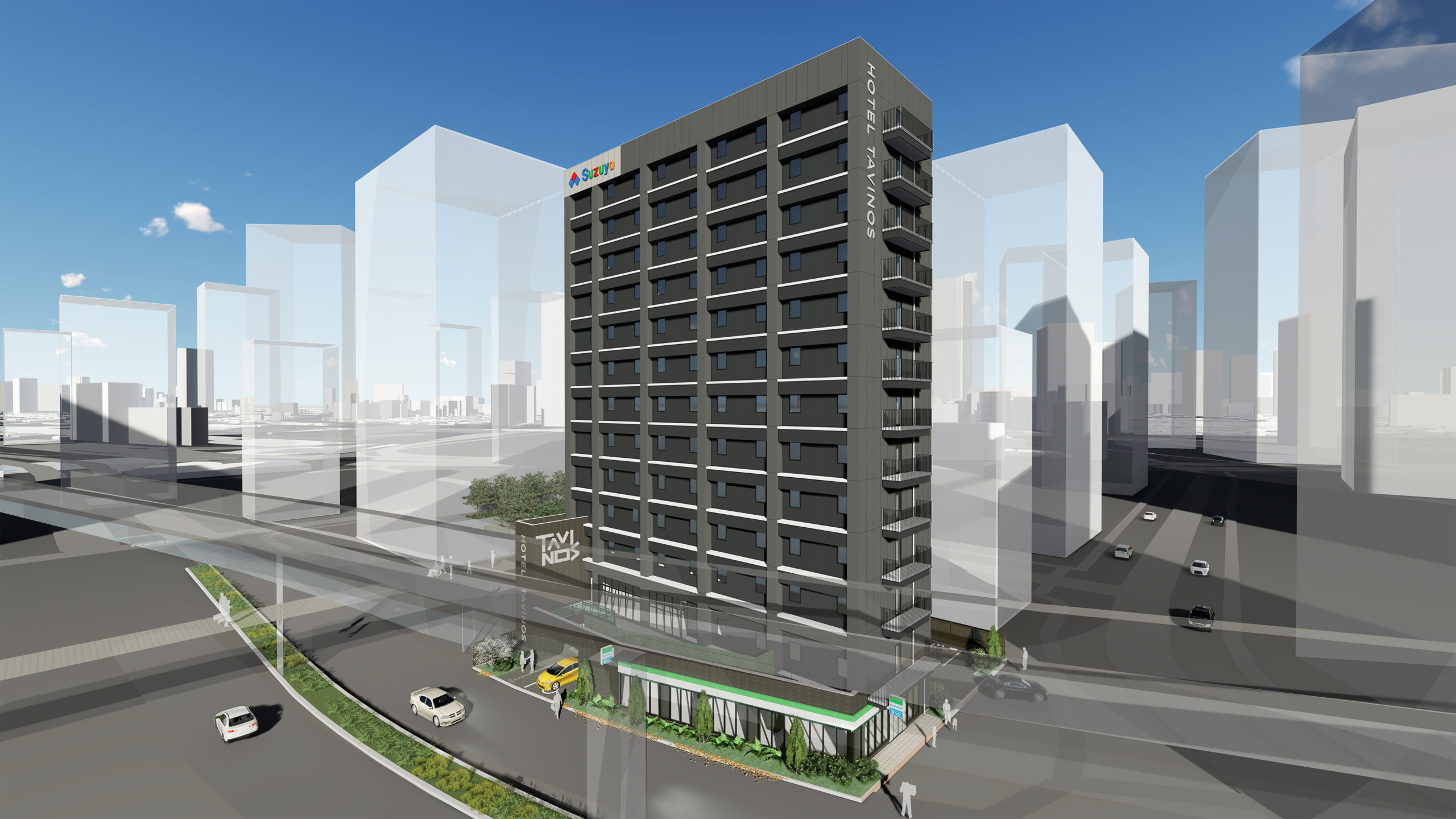
Hotel Tavinos Hamamatsucho
2-min walk from Takeshiba station on the Yurikamome Monorail / 8-min walk from JR Hamamatsucho station and Daimon station on the Toei Oedo line
